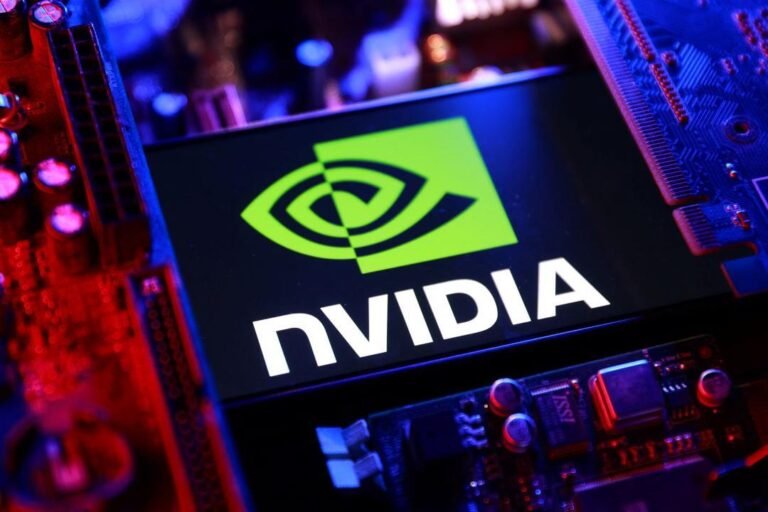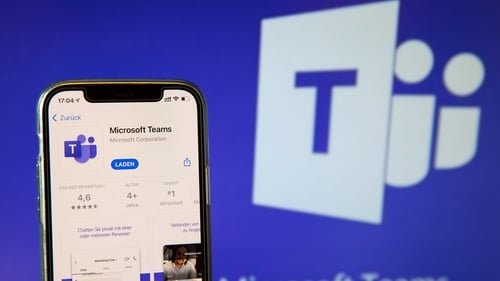
"Microsoft marks half a century of tech leadership, with Copilot AI driving the next wave of innovation."
The year 2025 is an important milestone for Microsoft Corporation, as it enters its 50th year of establishment. In this incredible journey of five decades, Microsoft revolutionized the field of personal computing, changing the way people around the world work, learn and communicate. In its early days, the company founded by Bill Gates and Paul Allen started with the BASIC interpreter and then dominated the personal computer market with operating systems like MS-DOS and Windows. Today, Microsoft is a global tech giant, making its presence felt in diverse fields like software, cloud computing, gaming and now artificial intelligence.
In its 50th year, Microsoft once again stands at a turning point in the technological landscape. Artificial intelligence (AI) is rapidly evolving and reshaping industries. To stay ahead of this transformative wave, Microsoft has focused on making its AI assistant, Copilot, more powerful and functional. The company aims for Copilot to not only provide information but also actively assist users in their daily tasks, enhance their creativity and take their productivity to new heights.
In this article, we will discuss Microsoft’s 50-year journey in detail, learn about the company’s major milestones and successes. Next, we will take a deep look at Microsoft’s current strategy in the field of artificial intelligence and the growing capabilities of Copilot. We will also see how Microsoft is set to strengthen its position in the AI race and face future challenges.
Microsoft’s 50-year glorious journey
The story of Microsoft is one of innovation, vision, and determination. Founded by Bill Gates and Paul Allen on April 4, 1975, the company’s initial goal was to develop a BASIC interpreter for the Altair 8800 microcomputer. It was a move that laid the foundation for the future of personal computing.
Early Years and the Success of MS-DOS
In the early 1980s, Microsoft achieved a significant breakthrough when IBM approached them to create an operating system for their first personal computer (PC). Microsoft bought an operating system called QDOS (Quick and Dirty Operating System) and adapted it for the IBM PC, which later became known as MS-DOS (Microsoft Disk Operating System). The success of MS-DOS made Microsoft a major player in the field of personal computer software.
The Rise of Windows and the Graphical User Interface
In 1985, Microsoft launched the first version of Windows, which revolutionized the way people interacted with computers. Windows introduced a graphical user interface (GUI) instead of a command-line interface, making computers more intuitive and easier to use. Windows’ continued success made it the world’s most popular operating system, and it established Microsoft as an indispensable force in the tech industry.
Office Suite and Productivity Software:
In the 1990s, Microsoft launched the Microsoft Office suite, which included applications such as Word, Excel, and PowerPoint. The Office suite became a standard for business and personal productivity and made a significant contribution to Microsoft’s success. These applications changed the way people create documents, analyze data, and prepare presentations.
The Internet Era and Challenges
The rise of the Internet in the mid-1990s presented new challenges and opportunities for Microsoft. The company launched the Internet Explorer web browser and invested heavily in Internet technologies. However, this period also saw Microsoft face antitrust lawsuits alleging that the company was abusing its market dominance.
Steve Ballmer’s Leadership and Expansion into New Areas
In 2000, Steve Ballmer took over as CEO from Bill Gates. Under Ballmer’s leadership, Microsoft expanded into new areas such as gaming (Xbox), cloud computing (Azure), and mobile (although initial success was limited). The company also acquired important companies such as Skype.
Satya Nadella’s Transformative Leadership and Focus on the Cloud:
After Satya Nadella became CEO in 2014, Microsoft saw a significant change. Nadella revamped the company’s culture and placed a strong focus on cloud computing. Azure became Microsoft’s flagship cloud platform and is a key part of the company’s growth strategy. Under Nadella’s leadership, Microsoft also made major acquisitions such as LinkedIn and Activision Blizzard, expanding its presence even further.
Entering the 50th Year and Looking Towards the Future.




